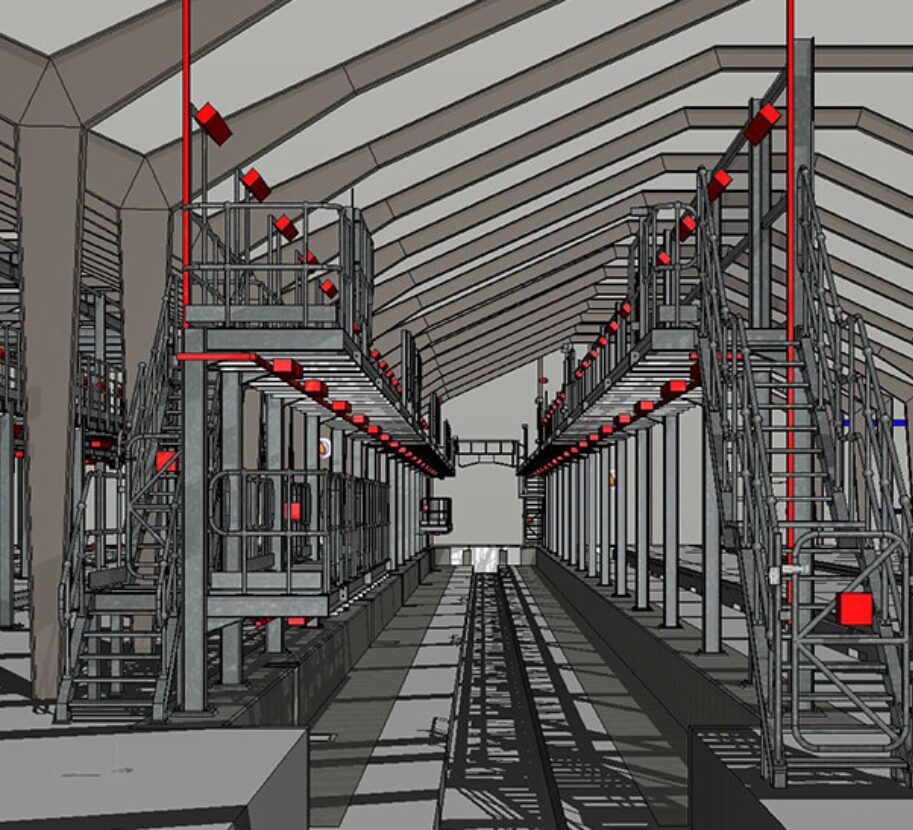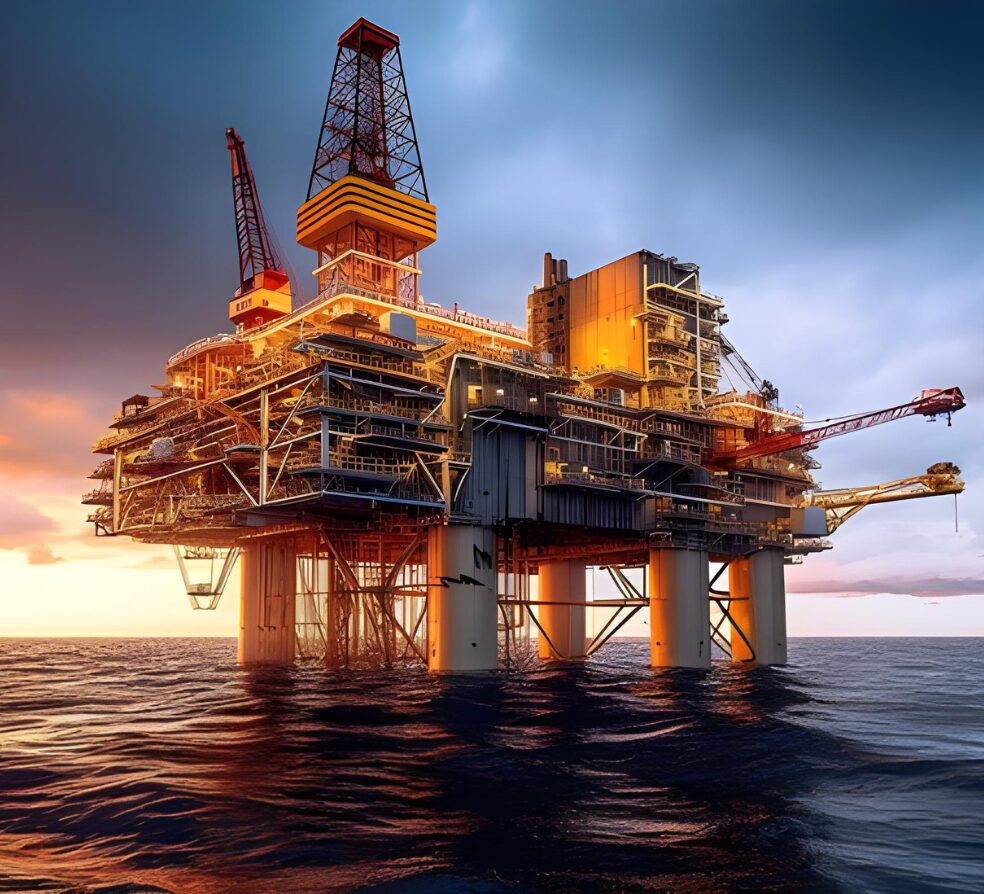
FEED
FEED (Front End Engineering Design)
Front End Engineering Design (FEED) is the basic engineering phase conducted after the completion of conceptual design or feasibility studies, preceding the EPC (Engineering, Procurement, and Construction) phase. During FEED, various studies address technical issues and provide a rough estimate of the investment cost. Contractors like SCADD are typically engaged through direct contracts or bidding. The result is the FEED Package, which serves as the foundation for the EPC bidding process. To prevent changes during the EPC phase, client objectives must be carefully integrated. For large projects like LNG plants, the FEED process can take around a year, involving close client-contractor collaboration.
Front End Engineering Design (FEED) for Successful Project Execution
Here are key points to cover for Front End Engineering Design (FEED) related to various design elements:
Why Choose Us
Why Choose SCADD for Your Front End Engineering Design?
Extensive Expertise
Custom Solutions
Commitment to Quality and Safety
Proven Track Record
FAQ
What is Front End Engineering Design (FEED)?
Front End Engineering Design (FEED) is the initial phase in the project planning process where detailed technical and economic assessments are conducted. This phase helps establish the project's scope, cost estimation, timeline, and technical specifications to serve as a blueprint for project execution.
Why is FEED important in project planning?
FEED is critical because it helps minimize risks, ensures accurate cost estimation, and sets a clear direction for the project's execution phase. It provides a well-structured design foundation, ensuring that all stakeholders are aligned before making major financial and operational commitments.
How long does the FEED phase take?
The duration of the FEED phase depends on the complexity of the project, but it typically takes anywhere from a few months to a year. This phase is designed to be thorough to ensure that the project is set up for success in later stages.
What is the difference between FEED and Detailed Engineering?
FEED focuses on high-level project planning, scope definition, and cost estimation, providing a general design overview. Detailed Engineering is the subsequent phase where in-depth designs, technical drawings, and construction plans are created based on the foundations established during FEED.
Who is involved in the FEED process?
The FEED process involves multiple stakeholders, including project managers, engineers, procurement specialists, financial analysts, and regulatory experts. Collaboration among these teams ensures that all aspects of the project are considered during planning.



